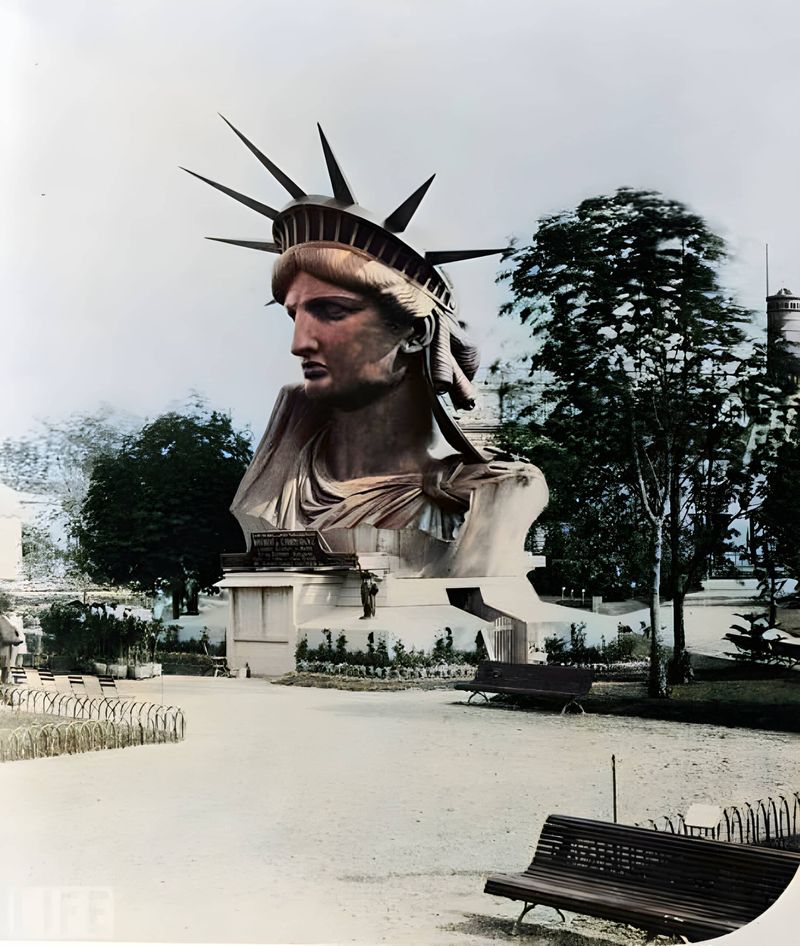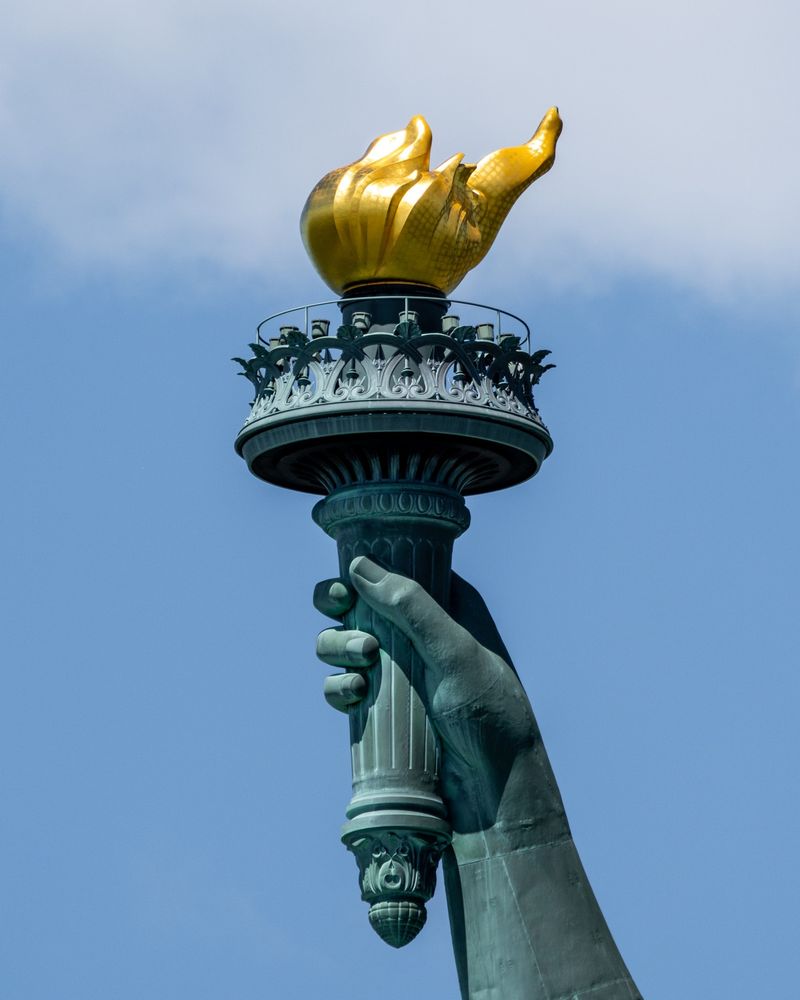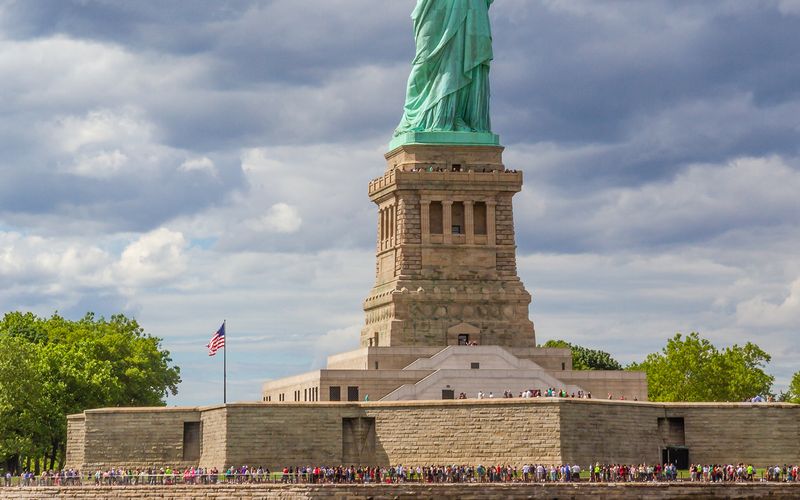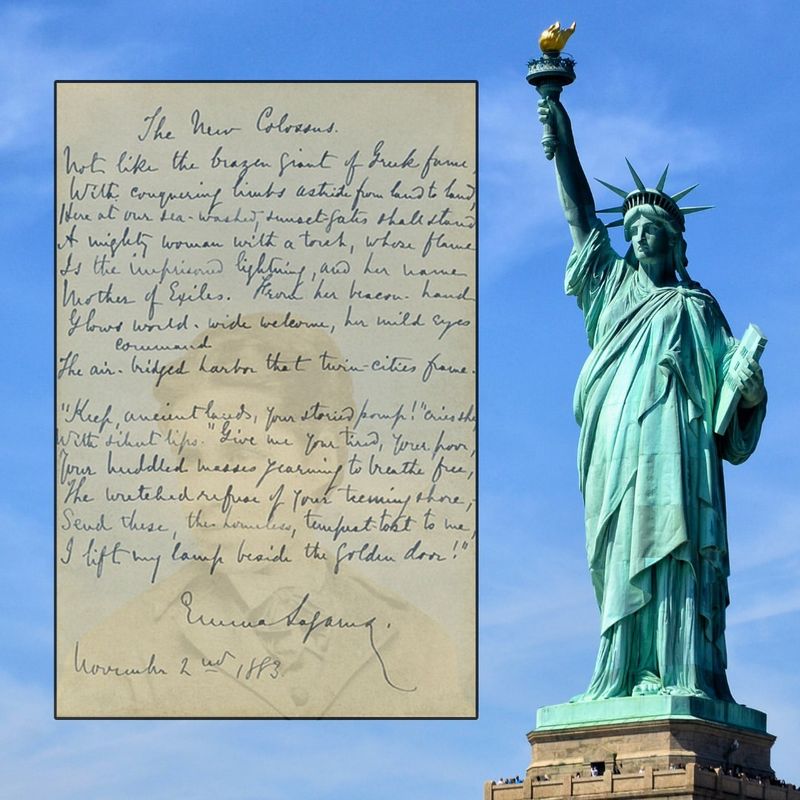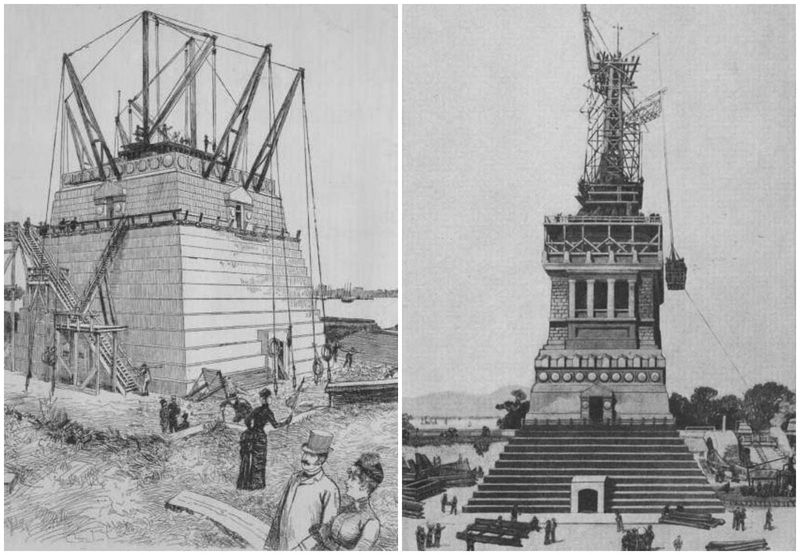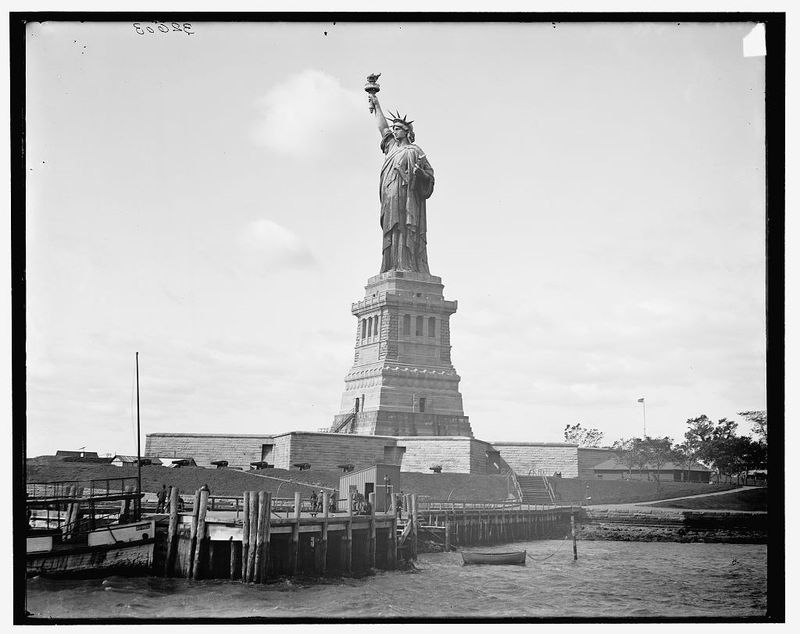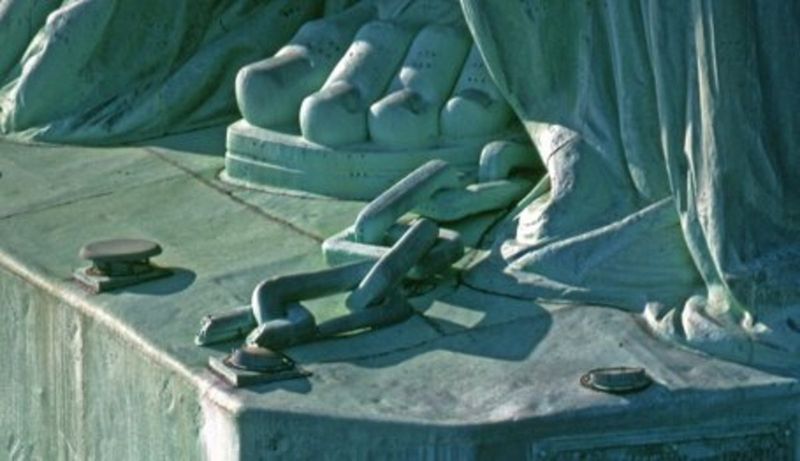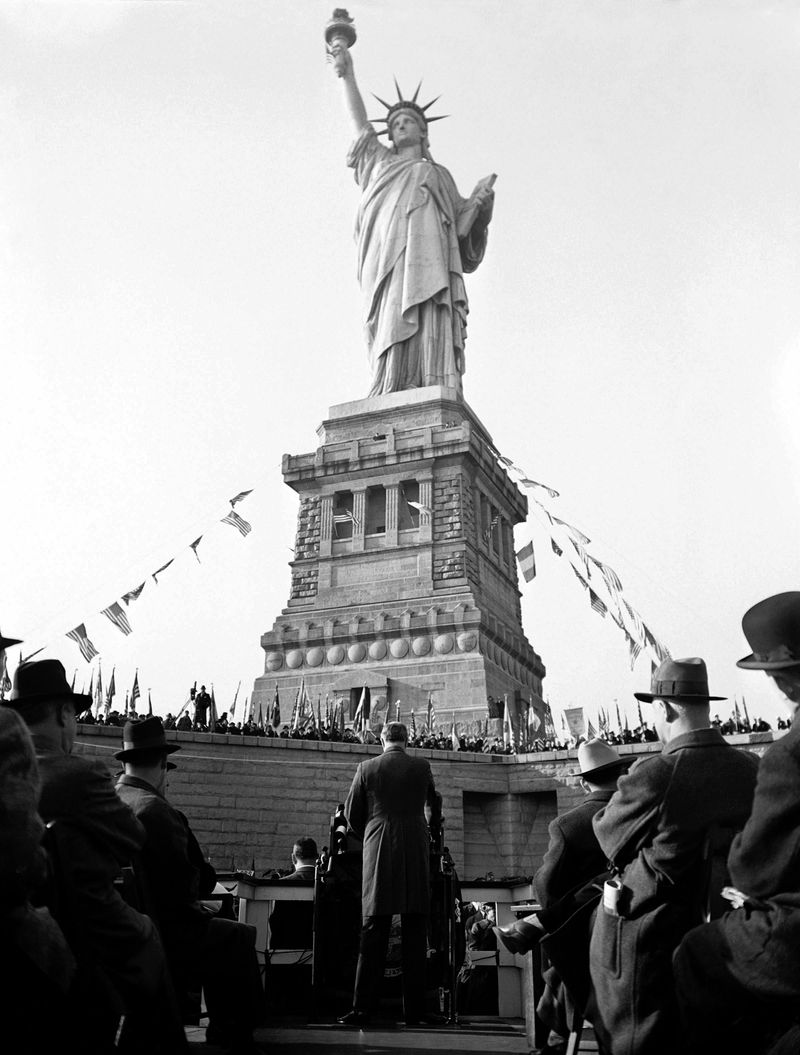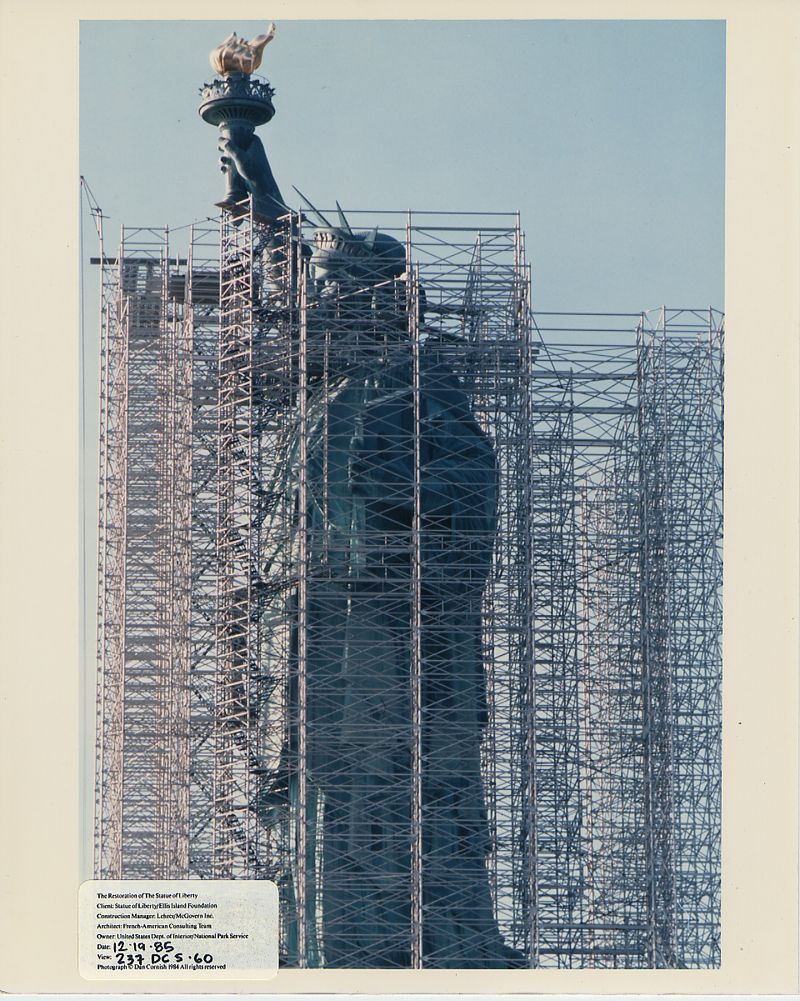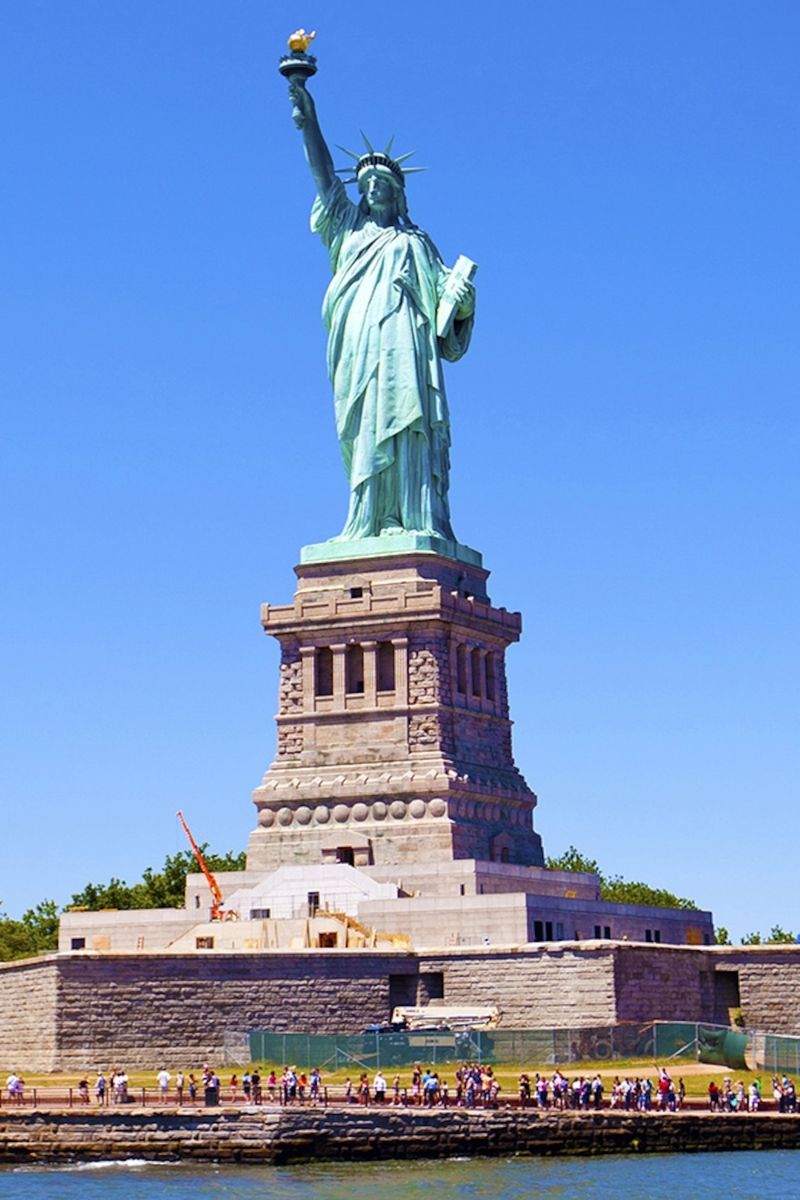The Statue of Liberty, an iconic symbol of freedom and democracy, stands proudly in New York Harbor. Gifted to the United States by France, its history is rich with fascinating facts. This blog post uncovers 15 intriguing aspects of this monumental sculpture that you may not know.
The French Connection
The Statue of Liberty was a gift from France, symbolizing friendship and shared democratic ideals. French sculptor Frédéric Auguste Bartholdi designed the statue, drawing inspiration from classical figures. Bartholdi envisioned the statue as a powerful representation of liberty.
France and the United States collaborated on this project in the late 19th century. The statue’s construction was a joint effort, with France handling the sculpture and the U.S. responsible for the pedestal. This transatlantic partnership highlighted the enduring bond between the two nations.
The Lady’s Crown
The crown of the Statue of Liberty features seven rays, each symbolizing the seven continents. This design reflects the universality of liberty. Visitors can climb up to the crown, offering breathtaking views of New York Harbor.
The crown is a prominent feature of the statue, enhancing its grandeur. Each ray extends outward, illustrating the reach of freedom across the world. Embodying enlightenment, the crown invites all to explore its symbolic depth.
An Inside Look
Inside the Statue of Liberty is a remarkable iron framework designed by Gustave Eiffel. Eiffel, renowned for the Eiffel Tower, engineered the internal support structure. This framework allows the statue to withstand strong winds and weather conditions.
The intricate design features staircases that visitors can climb to reach observation decks. This engineering marvel demonstrates the collaboration between art and science, ensuring the statue’s durability and prominence.
The Torch’s Light
The torch of the Statue of Liberty serves as a beacon of freedom, originally designed to illuminate. Over time, it underwent several modifications. Today, it is covered in gold leaf, symbolizing enlightenment.
Although visitors cannot access the torch due to safety concerns, it remains a focal point of the statue. The torch’s light continues to guide and inspire, representing hope and liberty for all who see it.
The Pedestal’s Purpose
The pedestal of the Statue of Liberty is crucial for its stability and prominence. Designed by American architect Richard Morris Hunt, it stands at an impressive 89 feet.
The pedestal not only supports the statue but also houses a museum. This museum provides visitors with insights into the statue’s history and construction. With detailed carvings and plaques, the pedestal itself is a work of art, complementing the statue above.
A Poetic Touch
The Statue of Liberty is accompanied by a famous poem, “The New Colossus,” written by Emma Lazarus. The poem is inscribed on a bronze plaque at the base, welcoming immigrants to America.
Lazarus’s words, “Give me your tired, your poor,” capture the spirit of the statue as a symbol of hope. This poetic addition amplifies the statue’s message, resonating with millions seeking freedom and opportunity.
A Changing Color
Originally, the Statue of Liberty was a shiny copper color, resembling a new penny. Over time, it transformed into the iconic green due to oxidation, forming a natural patina.
This change, while unexpected, has become a defining characteristic. The green hue protects the statue from further corrosion, preserving it for future generations. The transformation symbolizes the passage of time and the enduring nature of freedom.
Assembly in America
The Statue of Liberty was assembled in America after being shipped from France in 350 individual pieces. These pieces were meticulously reassembled on Liberty Island.
The process of assembly took several months, involving skilled workers and engineers. This monumental task showcased the collaboration and dedication required to erect such an iconic symbol. The assembly process itself became a testament to the shared vision of liberty.
The Island’s Story
Liberty Island, the home of the Statue of Liberty, was once known as Bedloe’s Island. It was renamed in 1956 to reflect its significant role.
The island has a rich history, serving various purposes before becoming the statue’s location. Its transformation into Liberty Island marked a new chapter, aligning with the statue’s symbolism. Today, it welcomes millions of visitors who seek to connect with its historical roots.
A Global Icon
The Statue of Liberty has become a global icon, appearing in countless films, postcards, and stamps. Its image transcends borders, symbolizing freedom worldwide.
This widespread recognition has cemented its status as a cultural phenomenon. The statue’s representation in media continues to inspire, reflecting its universal appeal. Through art and popular culture, the Statue of Liberty remains a symbol of hope and justice.
The Symbolism of Chains
At the feet of the Statue of Liberty lie broken chains and shackles. These symbolize the breaking of tyranny and the abolition of slavery.
This powerful imagery reinforces the statue’s message of liberation and justice. The inclusion of chains highlights the broader context of freedom, resonating with those who have struggled against oppression. It serves as a reminder of the ongoing fight for equality.
Height and Visibility
Standing at 305 feet, the Statue of Liberty is an unmistakable presence in New York Harbor. Its height ensures visibility from great distances, welcoming visitors from around the world.
The statue’s towering stature symbolizes the grandeur and significance of liberty. It stands as a sentinel of hope, visible to those arriving by sea. Its prominence underscores the enduring message of freedom and opportunity.
A Gift of Celebration
The Statue of Liberty was inaugurated in 1886, coinciding with the centennial of the American Declaration of Independence. This timing underscored the shared values of liberty and democracy.
The inauguration was a grand celebration, with fireworks and speeches. It marked the culmination of years of planning and collaboration. The statue’s unveiling celebrated a milestone in Franco-American relations and a commitment to freedom.
Restoration Efforts
In the 1980s, the Statue of Liberty underwent a major restoration to address structural issues. This effort was part of the statue’s centennial celebration.
Restoration included replacing the torch and reinforcing the framework, ensuring the statue’s longevity. The project highlighted the ongoing commitment to preserving this symbol of freedom. Through careful restoration, the statue continues to inspire future generations.
Liberty’s Official Name
The official name of the Statue of Liberty is “Liberty Enlightening the World.” This title reflects the statue’s mission to illuminate freedom and progress.
The name emphasizes the statue’s role as a guide and beacon. It inspires those who seek liberty, encouraging enlightenment and understanding. The statue’s name encapsulates its purpose and enduring legacy.

